In the early 1970s, a new form of cable tray was introduced to the European market. Wire mesh basket tray promised savings in both materials and labor and gained considerable success in Europe through the mid-1990s when the concept was exported to the United States. The introduction of basket tray to the U. S. was focused almost entirely on telephone and computer cabling system applications because that market offered less resistance than the electrical power market.1Voice and data jobs often required no electrical permits or inspections so there was little regulatory oversight from AHJs.
Voice and data designers and installers viewed basket tray as a versatile replacement to the J-hooks and bridle rings commonly in use while offering savings of 50%–75% less than legacy aluminum ladder type trays. As demand for voice and data cabling grew and cable bundles ballooned from a handful to hundreds or thousands of cables, there was a need to move from single point supports to the continuous support of a cable tray. Soon, basket tray became thede factostandard for all communications cabling.
Just as voice and data designers and installers a-dopted basket tray, it also gained the attention of industrial and commercial electrical designers and contractors. Looking for ways to save money on projects, they considered switching from aluminum ladder tray to steel basket tray, but soon encountered the one problem overlooked by the communications cabling industry. Wire mesh basket tray was originally conceived and manufactured to European electrical industry standards and not to the NFPA 70® National Electrical Code® (NEC). Basket tray vendors all promised their tray was “UL approved” and promoted the practice of field modifying (cutting and bending) to overcome the lack of fittings for changes in direction.
What the manufacturers of basket tray claimed as a benefit of the product — that it could be cut, bent, and formed into any configuration in the field — turned out to be a real code-compliance issue in the U. S. market.
NEC-2008 defines cable tray as the building structural component to electrical power distribution.
392.2 Cable Tray System. A unit or assembly of units or sections and associated fittings forming a structural system used to securely fasten or support cables and raceways.
392.3 Uses Permitted. Cable tray shall be permitted to be used as a support system for service conductors, feeders, branch circuits, communications circuits, control circuits, and signaling circuits.
392.5 Construction Specifications.
(A) Strength and Rigidity. Cable trays shall have suitable strength and rigidity to provide adequate support for all contained wiring.
(B) Smooth Edges. Cable trays shall not have sharp edges, burrs, or projections that could damage the insulation or jackets of the wiring.
(C) Corrosion Protection. Cable tray systems shall be corrosion resistant. If made of ferrous material, the system shall be protected from corrosion as required by 300.6.
(D) Side Rails. Cable trays shall have side rails or equivalent structural members.
(E) Fittings. Cable trays shall include fittings or other suitable means for changes in direction and elevation of runs.

Figure 1
The typical NEMA approved method for a 90-degree horizontal turn in basket tray requires the installer to cut out and remove large pieces of tray then bend the tray into its desired configuration and bolt it back together (see figures 1 and 2).
This cut and bend construction creates several problems with theNEC. Where theNECrequires cable tray to be a rigid structure, there are no standards or tests for strength or load with field-modified basket tray. which is advertised as flexible. WhereNEC392.5(B) requires smooth edges, the tools used to cut the basket tray create dozens or hundreds of razor sharp burrs which can damage the insulation on cables (see figure 3). WhereNEC392.5(E) requires fittings for changes in direction, NEMA and associated basket tray manufacturers provide tools and instructions for field fabricating your own “fitting.”
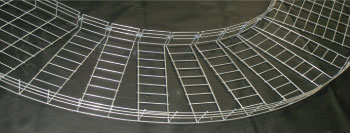
Figure 2
In addition to the mechanical problems with field modifying basket tray under theNEC, there are also substantial electrical performance problems.Under the NEC, cable tray can be used as an equipment grounding conductor:
392.3 Uses Permitted.
(C) Equipment Grounding Conductors. Metallic cable trays shall be permitted to be used as equipment grounding conductors where continuous maintenance and supervision ensure that qualified persons service the installed cable tray system and the cable tray complies with provisions of 392.7.
392.7 Grounding.
(A) Metallic Cable Trays. Metallic cable trays that support electrical conductors shall be grounded as required for conductor enclosures in accordance with 250.96 and Part IV of Article 250.
(B) Steel or Aluminum Cable Tray Systems. Steel or aluminum cable tray systems shall be permitted to be used as equipment grounding conductors, provided all the following requirements are met:
(1) The cable tray sections and fittings are identified as an equipment grounding conductor.
(2) The minimum cross-sectional area of cable trays conform to the requirements in Table 392.7(B).
(3) All cable tray sections and fittings are legibly and durably marked to show the cross-sectional area of metal in channel cable trays, or cable trays of one-piece construction, and the total cross-sectional area of both side rails for ladder or trough cable trays.
(4) Cable tray sections, fittings, and connected raceways are bonded in accordance with 250.96, using bolted mechanical connectors or bonding jumpers sized and installed in accordance with 250.102.
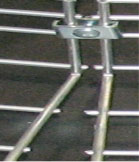
Figure 3
Here we can see theNECrelies on the cross-sectional area of the cable tray to determine suitability as an equipment grounding conductor. Compounding this problem is the fact that when UL Classifies a cable tray, the performance as an equipment grounding conductor is the only thing evaluated:
“This category covers cable trays intended for assembly in the field and for use in accordance with Article 392 of ANSI/NFPA 70, ‘National Electrical Code’ (NEC).They have been Classified as to their suitability for use as equipment grounding conductors in accordance with Sections 392.3(C) and 392.7(B) of theNEC. The cable trays are marked on the outer surface of the sidewall of the tray indicating the cross-sectional area of the grounding metal.”2
Basket tray manufacturers recommend that installers cut out large sections of metal from their tray in order to overcome the lack ofNECrequired fittings for changes in direction. This metal removed, however, is critical to the product’s performance as an equipment grounding conductor and may negate the approval granted by UL or another NRTL. Certainly the removal of metal sections negates the printed label required by bothNECand UL showing the cross-sectional area making the product safety label incorrect!

Figure 4
Recent polling of AHJs in large metropolitan jurisdictions ranging from Miami to NYC and Houston to Seattle have revealed that cutting and bending of basket tray is a code violation for reasons listed above.3When asked why no enforcement has taken place for the many voice and data installations using these construction methods, the AHJs have responded that they did not feel there was a life safety issue with low-voltage communications circuit pathways.
Yet under NEC 392.3(A), low-voltage communications cabling is just one of many acceptable uses for cable tray. A tray installed originally to support Category 6 data cables is just as suitable for supporting medium voltage type MV tray cables. Cable trays are an electrical support structure that may be used for voice and data cabling as well as many types of power cabling. So a cable tray installation that would be flagged for violating Code if it supported power cables should also be flagged for violating Code if it only supports telephone cables today.
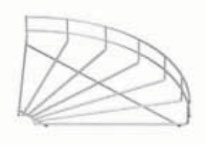
Figure 5
There are many benefits to wire mesh basket tray if manufactured and installed in accordance withNECrequirements. Fortunately, there are several manufacturers (see figures 4, 5 and 6) of factory-built fittings for changes in direction that allow installation without field modification and thereby assure safe electrical and mechanical performance. Typically, these fittings are significantly less expensive than the installer’s cost for labor and materials to make his own on the jobsite.
Lastly, some of the basket tray manufacturers have claimed that regulation of their product is covered by NEC 110.3(B):
(B) Installation and Use. Listed or labeled equipment shall be installed and used in accordance with any instructions included in the listing or labeling.
Figure 6
Clearly the intent of NEC 110.3(B) was not to allow contractors to install product that has never been tested by a NRTL in its current (modified) form. None of the European manufacturers have “included in the listing or labeling” instructions to cut out large sections of metal — those instructions are instead in the catalog or NEMA installation instructions where the listing was only for the original unmodified part.4 Neither was this section intended to allow a product’s modification such that the required NRTL safety label is no longer accurate. The modification of basket tray, in accordance with instructions from some manufacturers presents a safety issue which should not be overlooked by the AHJ.
References
1 http://www.youtube.com/watch?v=yJeWW0vXpOk; downloaded at 1:10
2 Reprinted from the UL Guide Information for Cable Trays (CYNW) from the UL Online Certifications Directory with permission from Underwriters Laboratories Inc. Copyright © 2009 Underwriters Laboratories Inc.®
3 “What the Chief Inspectors Have Said About Field Modifications”
4 NEMA Standards Publication VE-2 2006, section 4.5.5.
Chief Inspectors on Field Modifications
(T)he City of Houston would not consider a field modification to a basket tray as shown in your attachments. This type of modification affects the structural integrity of the supports and would be deemed as violating the UL listing.
Sheila W. Blake CBO, MBA, LEED AP Assistant Director
City of Houston Code Enforcement
Chapter 56, “Dallas Electrical Code” requires electrical equipment to be listed and labeled. If a piece of equipment is altered in the field, we require it to be recertified by a NRTL with proper documentation supplied to the chief’s office and field inspector.
Lawrence Heckler, Chief Electrical Inspector
City of Dallas
ANY listed or classified product which has been altered from the original manufactured condition is unacceptable to the Colorado State Electrical Board. Listed fittings must be used for changes in direction or elevation per the 2008 NEC 392.5(E). The contractor’s analogy to conduit does not work either as conduit or tubing is vastly different from cable tray. For all that, the pictured field bend is ingenious; it is also a violation in that the product no longer has any listing (classification) and would be unacceptable as such.
J. Grant Hammett, Supervisor Electrical Inspector
Colorado Department of Regulatory Agencies
The City of Fort Worth does not allow the installation of listed products that have been altered; but to an inspector, this product may not appear to have been altered. I am not sure an inspector would catch this without your pointing this out.
Ronnie Roberts, Chief Electrical Inspector
City of Fort Worth
All cable trays have manufactured parts that are listed for negotiating bends or offsets in the run. This includes change of direction in the horizontal and vertical planes.
Ronald Bohne, P.E., Senior Engineer, Electrical
Clark County Development Services
‘392.5(E), Fittings. Cable trays shall include fittings or other suitable means for changes in direction and elevation of runs,’ means approved fittings. This type of tray would be tough for the AHJ to make a call on if not made aware of the modification, because it makes a neat corner; however, I would make the call that the modified tray would be rejected.
Ron Francis, Chief Electrical Inspector
State of Nebraska
(T)he alteration in the field violates the UL classification. They should not be using it and, instead, they should be using your UL-approved fittings.
Steve Gallant, C.B.O., Building Inspection Supervisor
City of Scottsdale
In the City of Seattle, we often require the third party evaluation for modified equipment. It is our position that equipment modified in the field is not installed by the manufacturer’s installation instructions and will need to be evaluated by a testing laboratory to determine if the UL marking is valid.
(C)omparing raceways with your product is a non-issue. Your product is classified as straight runs of continuous cable tray. Changes of direction are to be accomplished by the approved fittings and sections that apparently also carry the classified label. Therefore, field bending of the cable tray is not consistent with … the UL label.
Richard G. Alford, City of Seattle, Department of Planning andDevelopment, Electrical Official
2005 NEC 392.5(E) which is currently adopted by the State of Florida … specifically calls for fittings to change direction …. 392.5(A), (B), (C), (D), [are] also affected by field modifications and would not be acceptable.
Victor Lombardi, Acting Electrical Director
Miami-Dade County Building Department
My opinion is that I wouldn’t think you could cut and make your own fittings in the field.
Vince Metallo, Code Enforcement Officer III
Baltimore County Electrical Inspection
You are correct in advising your customers that your UL Classification is voided by their modification of your product. DCRA will only accept products that are used per the manufacturer’s guidelines that resulted from being tested and labeled for the specific applications by UL or similarly recognized testing agencies. Any change to a product requires a re-testing and re-labeling for the new use or application.
Sydney Lester, Manager
Fire Protection/Elevator/Electrical Technical Review
Permit Operations Division
Department of Consumer & Regulatory Affairs,Washington DC
That is correct. In NO way shall the contractor deviate from or alter a UL-listed and approved system. Doing so nullifies the test, and the inspector will disapprove in the field.
Robbie Sabbakhan, Deputy Division Chief,Permit Operations Division
Dept. of Consumer & Regulatory Affairs (DCRA), Washington DC
Field modification would void the approvals.
Steve Koschwitz, Chief Inspector
Seminole County Building Division, Florida
It should be noted that section 392.6(A) of the NEC stipulates that “field bends or modifications shall be so made that the electrical continuity of the cable tray system and support for the cables is maintained.”
Electrical Code Revision and Interpretation Committee (E.C.R.I.C.)








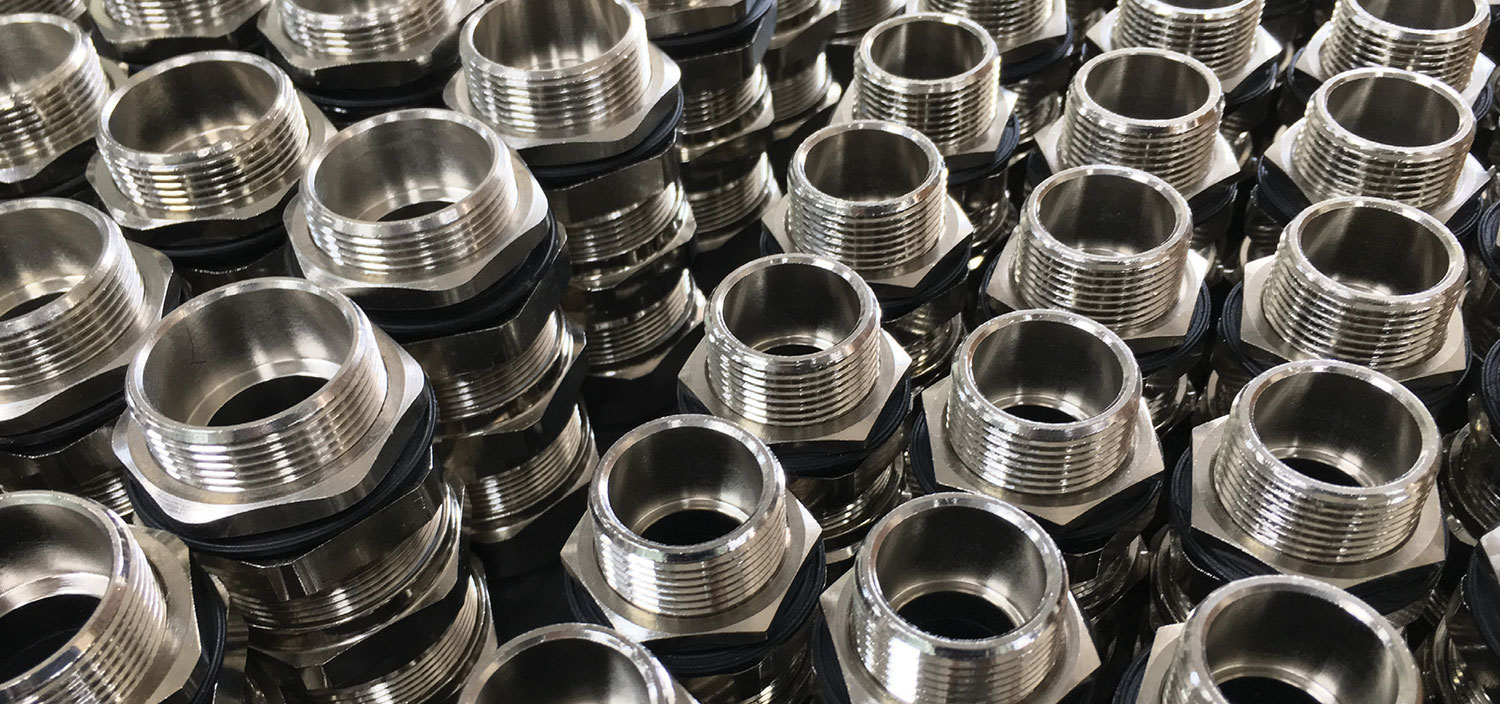
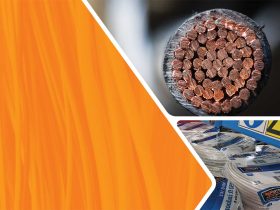
Find Us on Socials